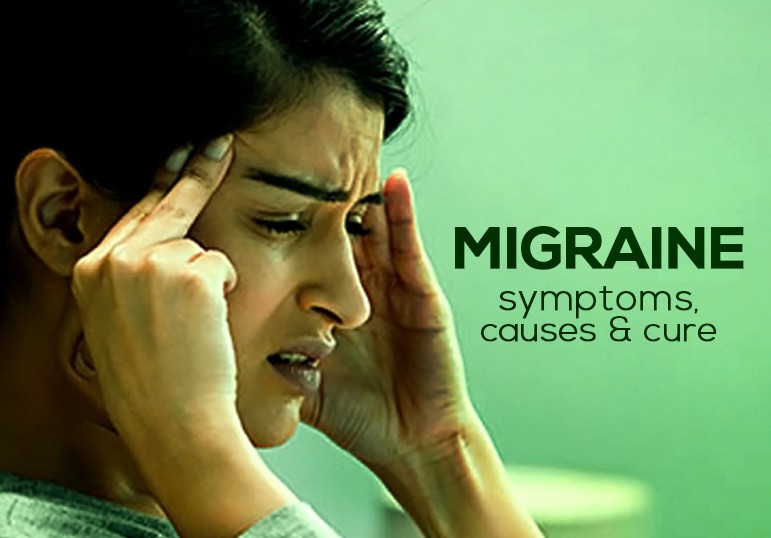
Migraine: Symptoms, Causes and Cure
Migraine headache is a result of specific changes within the brain. It causes severe head pain that is often accompanied by sensitivity to light, sound, or smells.
It is considered to be a condition that can cause multiple symptoms. Persisting headaches is one of the most common ones. Symptoms may also include nausea, vomiting, frequent yawning, fatigue, hyperactivity, difficulty speaking, numbness or tingling. Migraines often run in families and affect all ages.
Aura in Migraine
For many people, an aura occurs during or before the migraine. Auras are usually reversible symptoms of the nervous system. They get extremely disturbing and usually visible. The symptoms begin gradually and last for hours.
Some of the migraine auras include:
-Visual phenomena, such as seeing spots, shapes and flashes of light
-Sudden black out
-Pins and needles in arms of legs
-Uncontrollable shaking
-Numbness
How the pain feels like?
Some people define migraine pain as pulsating, throbbing, pounding and debilitating. The pain may start out as mild, but can easily become severe in the matter of minutes. It usually affects the forehead and eye area.
Mostly migraines last about 4 to 5 hours, if they don’t get treated; they can last for about 32 to 74 hours or in worst cases, a week as well. People with migraine cannot function properly without their medication.
Migraine can also happen due to plenty of triggers, which includes hormonal changes, stress, food, caffeine, change in weather and skipping meals.
How to treat?
Most migraines don’t cause lasting harm. Since there is no cure for it yet, treatment focuses on relieving symptoms and preventing additional attacks.
There are different types of medicines to relieve the symptoms. They include triptan, ergotamine, and pain relievers. The sooner you take the medicine, the more effective it is.
There are also other things you can do to feel better:
-Resting with your eyes closed in a quiet, darkened room
-Placing a cool cloth or ice pack on your forehead
-Drinking fluids
If the pain still persists for you, you should go in an E.R for a more in-depth medical exam. Knowing how to prevent migraines can often be the first step in managing them.




